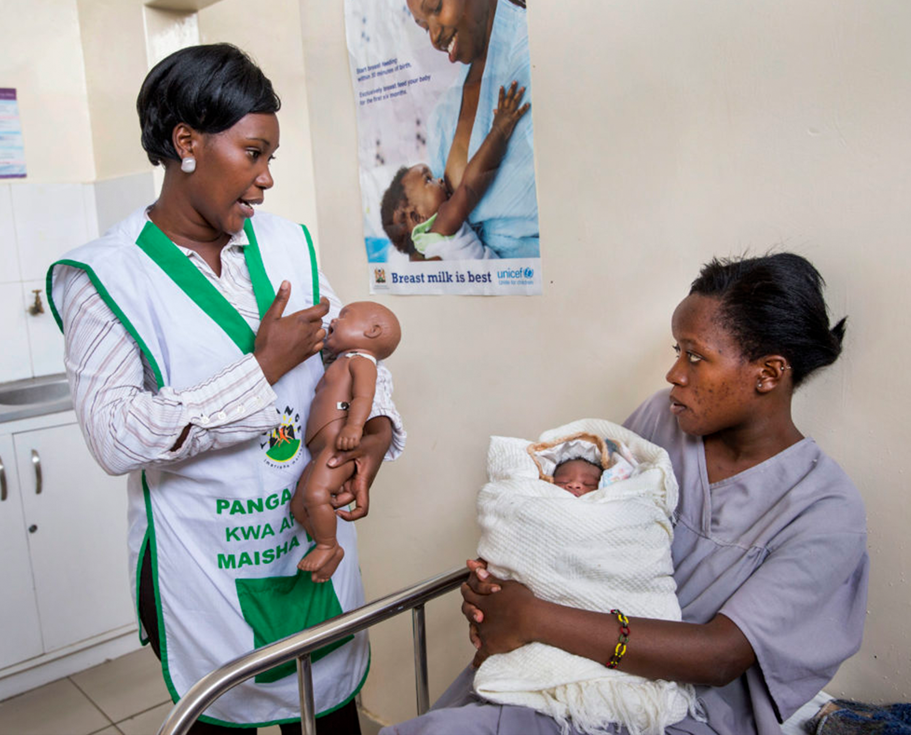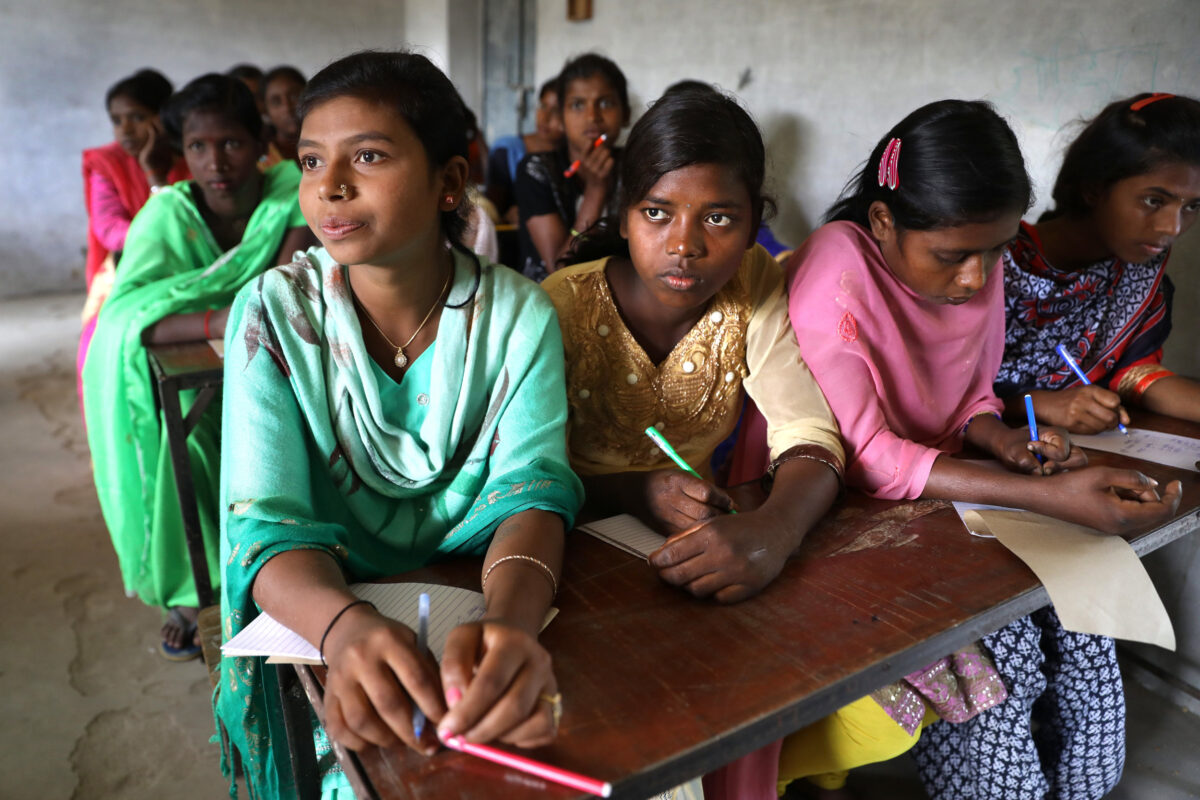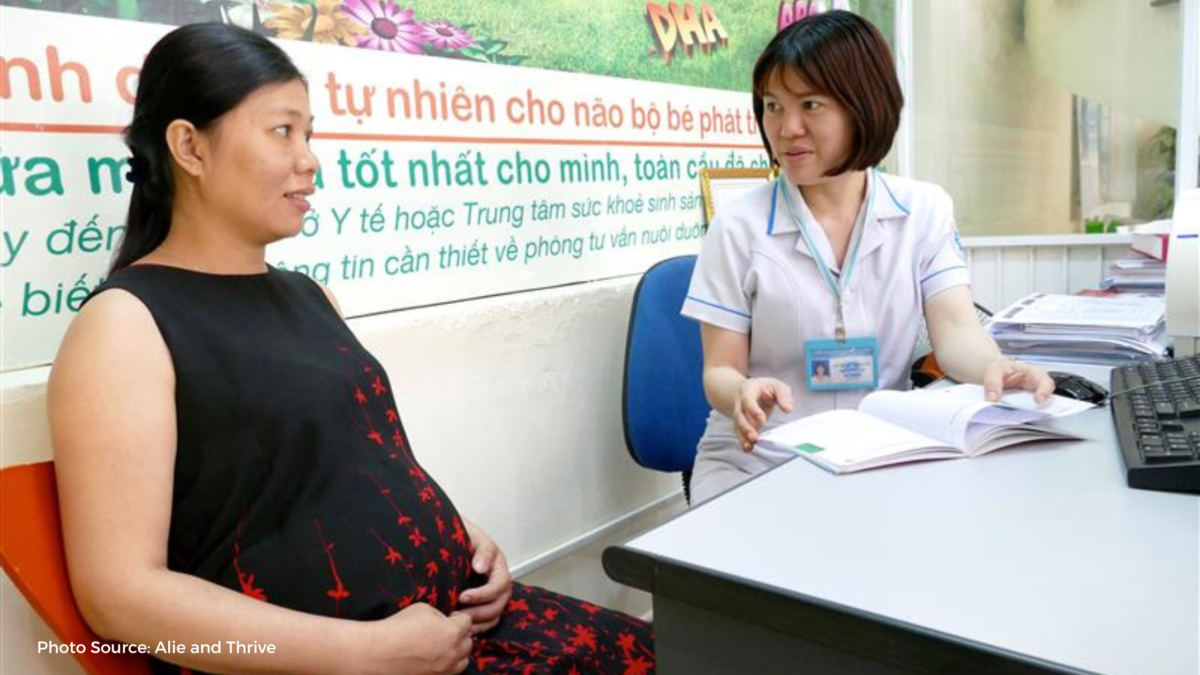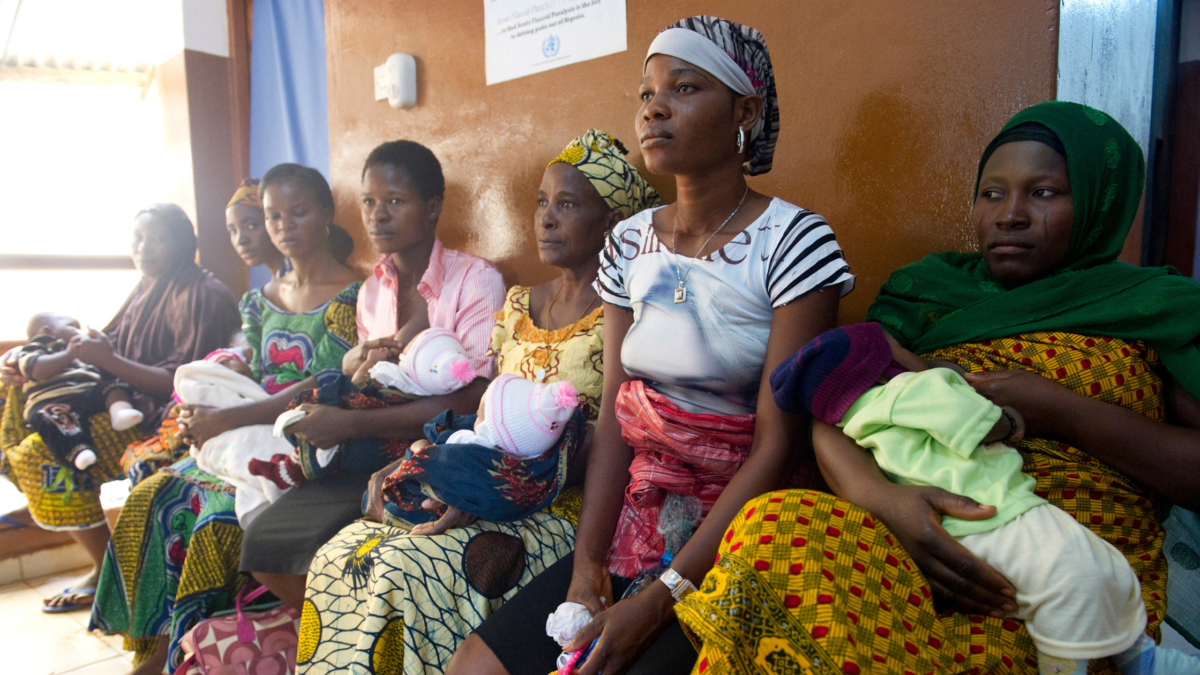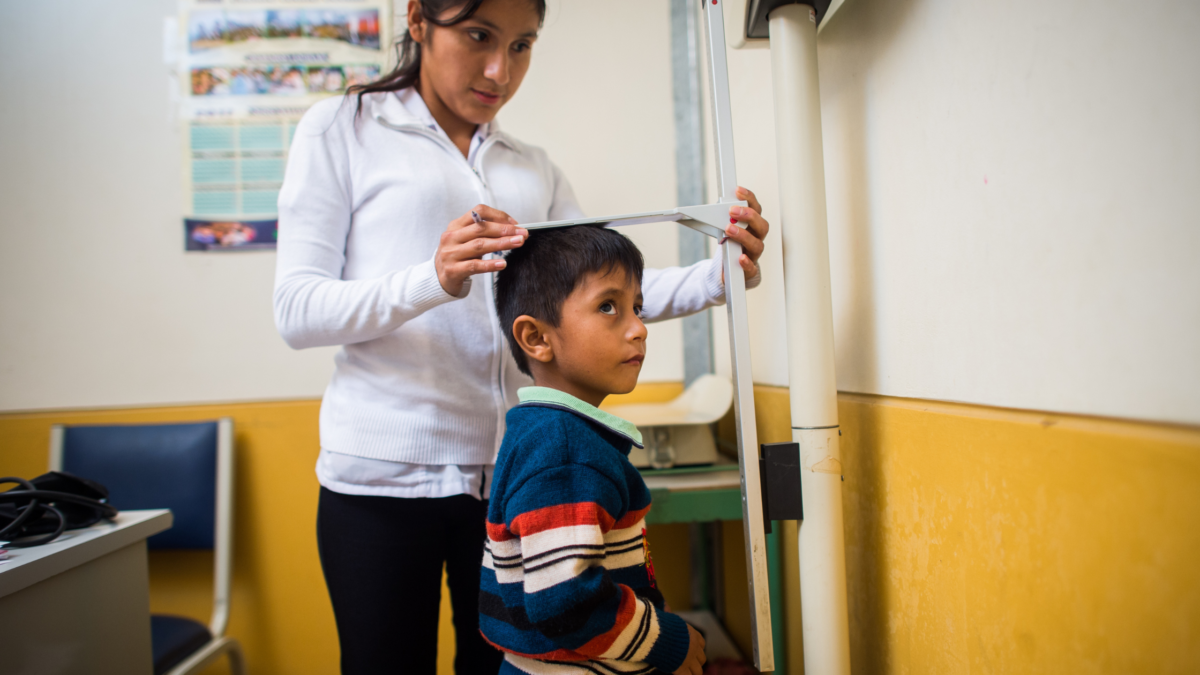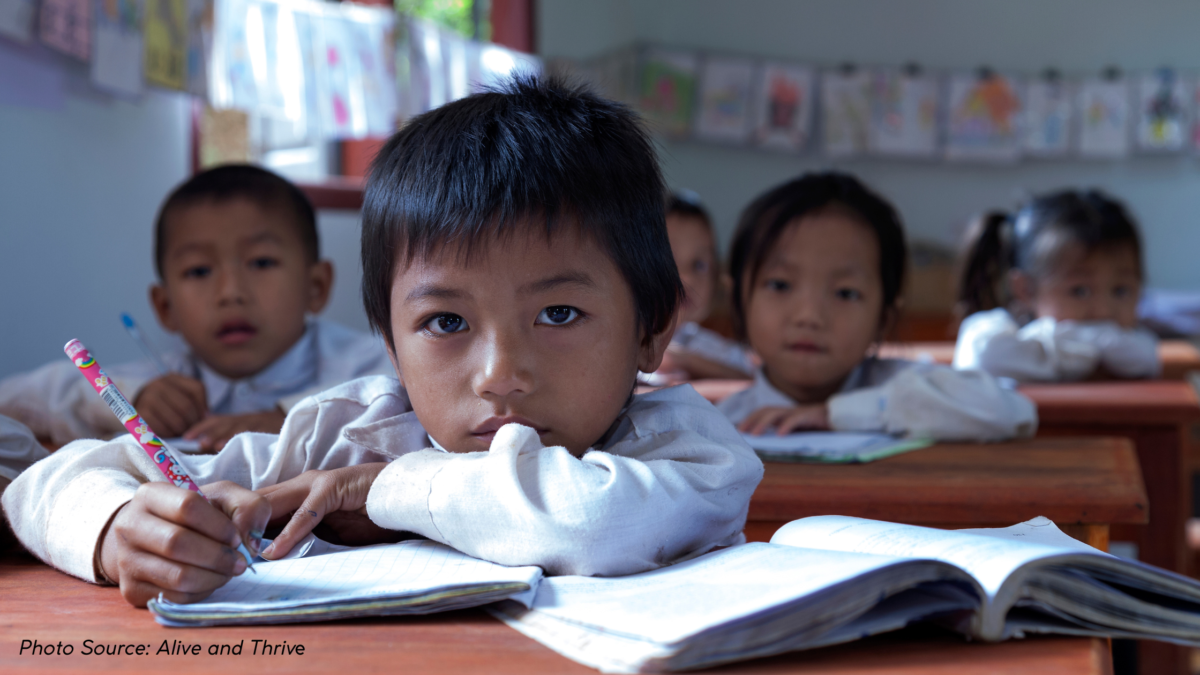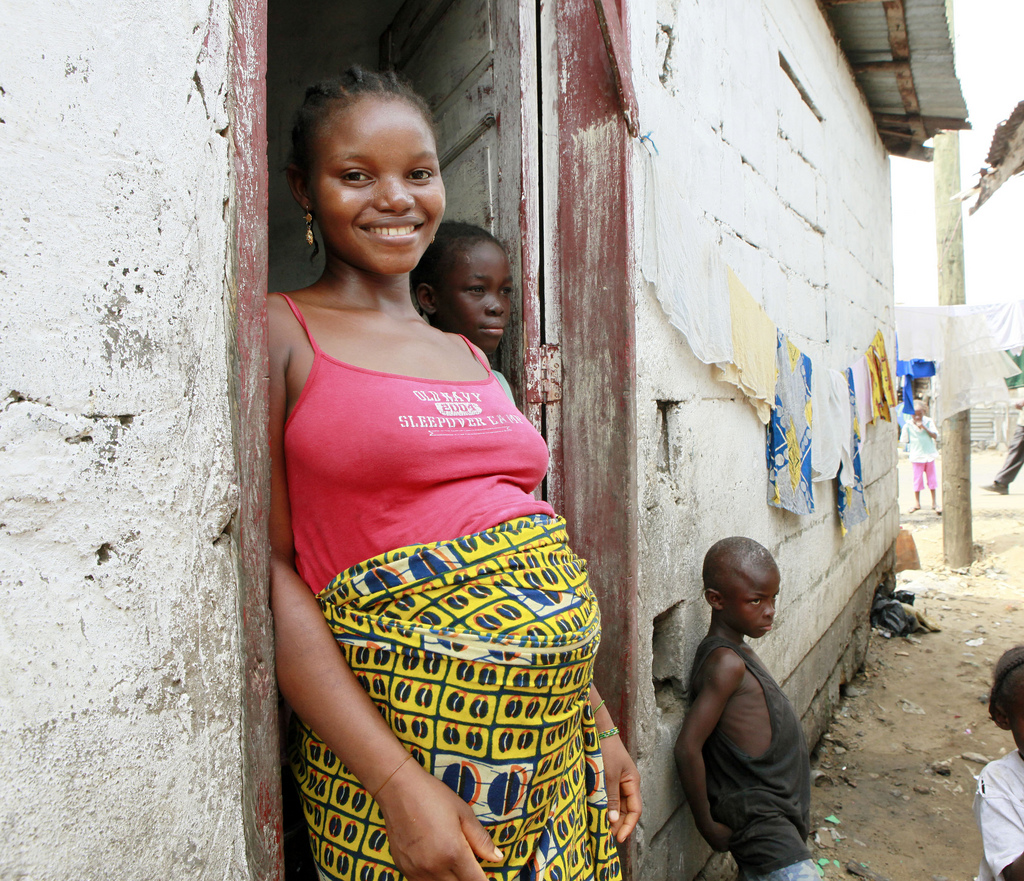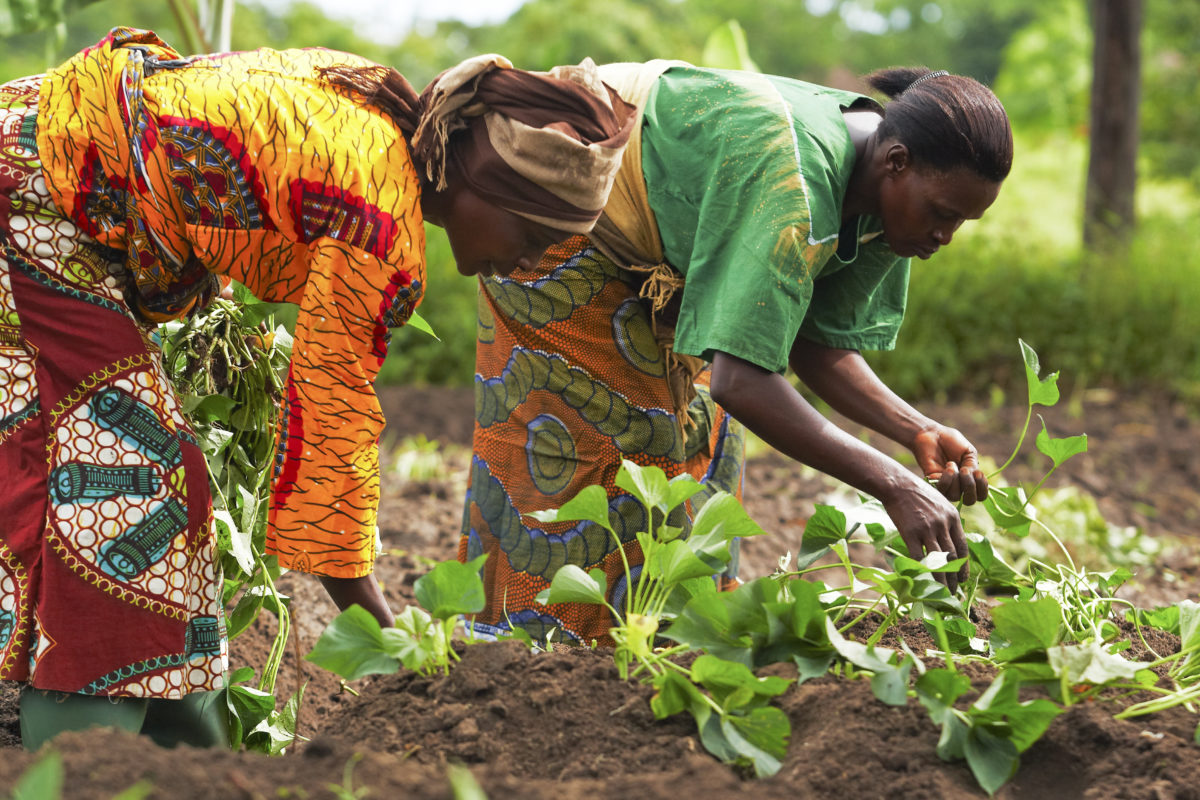World Health Organization Releases Guidelines on the Prevention of Acute Malnutrition
World Health Organization Releases Guidelines on the Prevention of Acute Malnutrition
In November 2023, the World Health Organization released updated guidelines on the prevention of acute malnutrition, also known as wasting. The guidelines followed the release of guidelines specific to the management and treatment of wasting and nutritional oedema that the organization published in July 2023.
Preventing malnutrition is key to long-term growth, development, and positive economic outcomes. Nutrition interventions, including those that prevent malnutrition, are some of the best buys in global development. Ensuring children have access to good nutrition when it matters most is one of the most powerful and cost-effective ways to create brighter, healthier futures. Leading economists consistently rank nutrition interventions among the most cost-effective ways to save and improve lives around the world with every $1 invested yielding up to $35 in economic returns.
Malnutrition continues to be one of the leading drivers of child death and disability. Malnutrition is the greatest threat to child survival worldwide and is the underlying cause of half of preventable child deaths. That is roughly 3 million children dying before their fifth birthday every year. Those who do survive severe malnutrition in early childhood are much more likely than their well-nourished peers to suffer from lifelong illnesses and disabilities.
We continue to see unprecedented rates of malnutrition and nutrition insecurity as the result of conflicts, climate shocks and stressors, and lingering impacts of the pandemic. New child malnutrition estimates from UNICEF released in May 2023 found that stunting (too short for their age) impacted 22.3% of children under 5 (148.1 million) globally and wasting (too thin for his or her height), the deadliest form of malnutrition, threatened the lives of 6.8%, or 45 million children under 5 globally.
1,000 Days welcomes the two new recommendations specific to the prevention of wasting and nutritional oedema as well as the two new good practice statements:
- Recommendation 1: In areas of, or during times of high food insecurity, in addition to infant and young child feeding counselling, specially formulated foods (SFFs), including medium-quantity lipid-based nutrient supplements (MQ-LNS) or small-quantity lipid-based nutrient supplements (SQ-LNS), may be considered for the prevention of wasting and nutritional oedema for a limited duration for all infants and children 6-23 months of age, while continuing to enable access to adequate home diets for the whole family; and in areas of, or during times of high food insecurity, children living in the most vulnerable households should be prioritized for SFF interventions through a targeted approach. However, when targeting is not possible, these SFFs may need to be given to all households through a blanket approach for infants and children 6-23 months of age, while continuing to enable access to adequate home diets for the whole family and providing infant and young child feeding counselling. (Conditional recommendation; Grade: Low certainty evidence)
- Recommendation 2: In contexts where wasting and nutritional oedema occur, multiple micronutrient powders (MNPs) should not be given to infants and children 6-23 months of age for the specific purpose of preventing wasting and nutritional oedema. (Strong recommendation; Grade: Moderate certainty evidence)
- Good Practice Statement 1: In contexts where wasting and nutritional oedema occur, preventive interventions should ideally be implemented through a multisectoral and multisystem approach (i.e. food, health, safe water, sanitation and hygiene, and social protection systems). These interventions should include access to healthy diets and nutrition and medical services as appropriate, counselling (breastfeeding, health and nutrition related, especially helping families use locally available nutrient-dense foods for a healthy diet), should address maternal and family needs, and should involve psychosocial elements of care to ensure healthy growth and development.
- Good Practice Statement 2: Infant and young child feeding counselling must be provided as part of routine care especially in contexts where wasting and nutritional oedema occur. In order for this counselling to have the most benefit for the prevention of wasting and for other child health and nutrition outcomes, personnel carrying out the counselling should have comprehensive training and be supervised regularly, with dedicated resources and time within health system strategic planning for this intervention.
In both the recommendations and in the practice statements, we were pleased to see mention of a multi-sectoral and family approach to these interventions to prevent wasting and nutritional oedema. It is key to provide access to nutritious foods and nutrition support, including breastfeeding counseling and complementary feeding, to whole families to address maternal, infant, and child nutritional needs. The guidelines note that prevention requires a package of interventions to be implemented together rather than focusing on one single intervention. We also support the recommended psychosocial elements of care to ensure healthy growth and development as preventing malnutrition early in life impacts long-term health.
These guidelines provide organizations with the tools necessary to prevent, manage, and treat malnutrition. WHO also notes that further research is needed for many of the recommendations outlined in the guidelines to be most effective in efforts to prevent and treat wasting. The guidelines provide a critical opportunity to advocate for the essential resources to support good, life-long nutrition, particularly among vulnerable populations, including those in the 1,000-day window.


